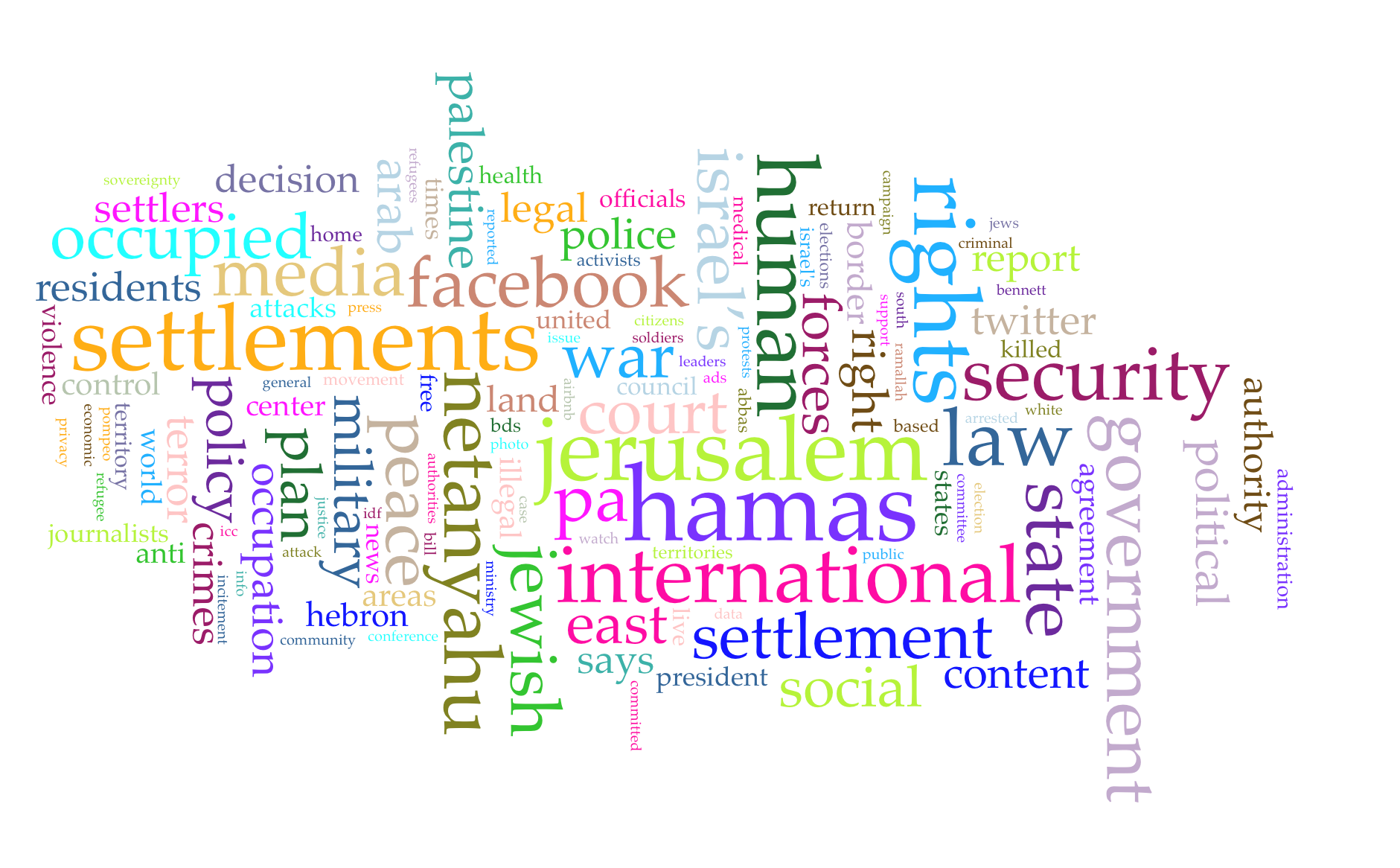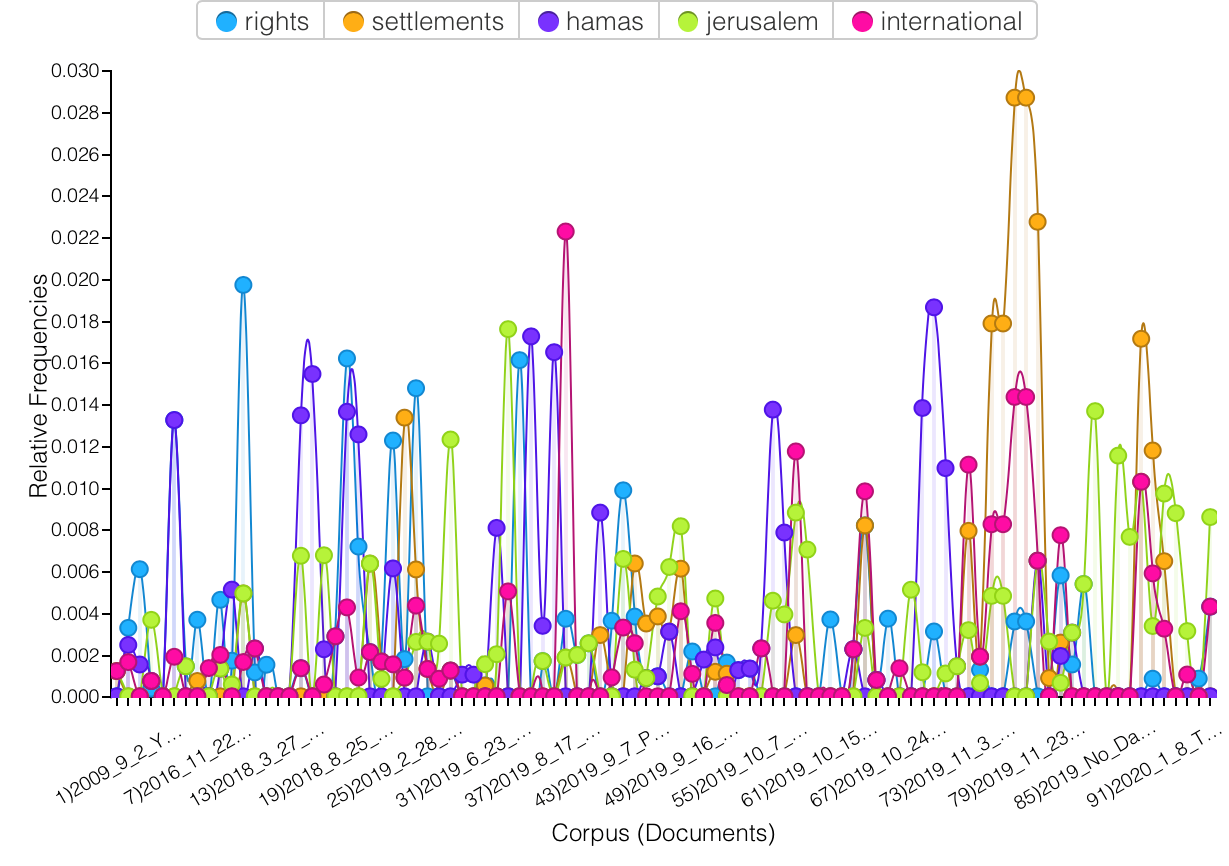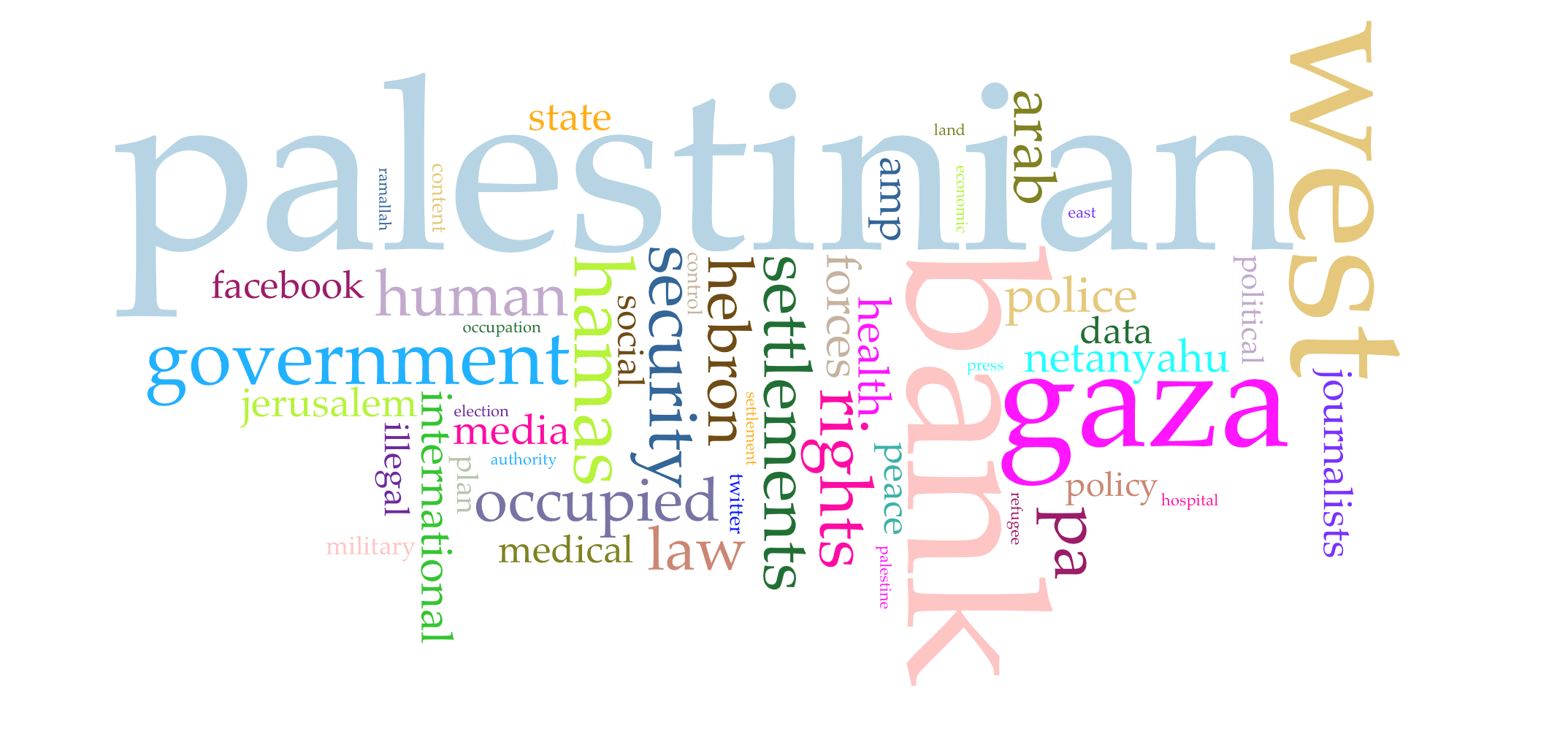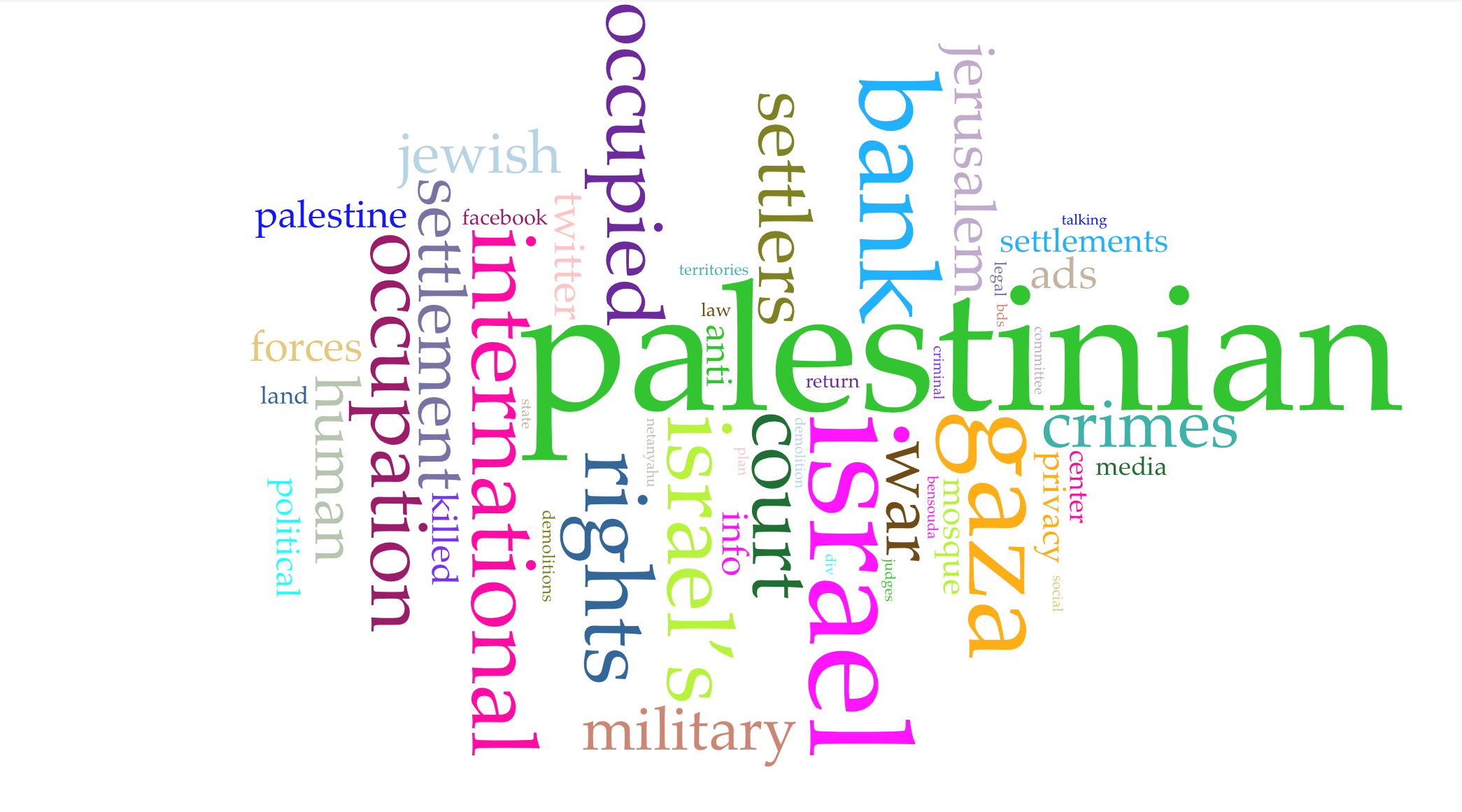Narratives of Palestinians in Israeli and Palestinian Print News Media
The realities and experiences of the Palestinian refugees in the public sphere have historically been calculated and largely mediatized by non-Palestinian groups. Largely excluded from the global public sphere— inclusion in which is increasingly decided by the "mediatization" of public spaces—Palestinians are creating new counter-narratives to combat historically biased narratives of Palestinians which are perpetuated by global media. Palestinian media aims to inform, but the burgeoning practice of creating documentaries and other consumable, entertaining media—along with the advent of social media—is fueling the creation of both a Palestinian news industry and an entertainment industry that better represents the political and social agency of Palestinians. Though the notion of a Palestinian nation is certainly not new, the ways in which that narrative is being portrayed has changed with the increasing popularity of using media to document the reality of the Israeli occupation, locally circulate information, and advertise globally. Palestinian media spaces produce counter-narratives to the global media narrative, which utilizes a calculated but incomplete portrayal of Palestinians and Palestinian politics. The nature of the public sphere is transforming from a physical locality to a virtual space and necessitates creation of a mediatized Palestinian counterpublic, where Palestinian voices can be represented.
Palestinians embody a kind of subalterneity, as they are "limited in their ability to represent themselves politically and through public speech," (Bashara, 35). Given that Palestinian voices are traditionally overlooked or erased from global media discourse, I was interested in analyzing how Palestinian news sources represented Palestinians, Israelis, and the framing of the conflict. In an extension of this project, I draw attention to the agency of Palestinians in using media to create a new national narrative, gain international attention, and assert legitimacy in the global public sphere.
The aim of this HASTAC project was to answer the following research questions: 1. How do Palestinians and Israelis discuss the conflict in the print news media? 2. How do Palestinians and Israelis represent each other and the Palestine-Israel conflict in the print news media? 3. How do Palestinians and Israeli's represent themselves in print news media? and 4. How is the ongoing conflict represented by other popular sources in the Middle East? In this project, I hypothesized that Palestinian news narratives differ from Israeli news narratives in tangible ways. Furthermore, I assume these variations in narratives are published in print news media forums, the implication of which can be analyzed through text analysis software. I argue elsewhere that these news narratives shape national narrative and national identity. Finally, I assume that many of these news sources are biased and may inadvertently prolong the Israel-Palestine conflict.
I was inspired to conduct this research after reading Luke Peterson's work on print news media and US and UK framing of the Palestine-Israel conflict. In Peterson's work, "electronic archives and online databases were utilized in order to develop a substantial data sampling for each event and from each national news media community under consideration" (Peterson, 7). Peterson found that many American news sources tend to "soften their language" when discussing the conflict, referring to settlements as 'neighborhoods' and the separation wall as 'a fence' (Peterson, 174-175). Like Peterson, my project includes a "focused image of the ways in which the nation as a whole represents conflict in Palestine-Israel" (Peterson, 7). I analyzed articles from authoritative news from both Israel and Palestine, including: The Jerusalem Post, Haaretz, Ma'an, Palestinian News Network, Electronic Intifada, The Times of Israel, YNET News, The Palestine Chronicle, and Israel Hayom. I also gleaned data from other Middle Eastern print news media that may be more neutral (at least, in theory) in they reportage of the Palestine-Israel conflict, in over to combat the "highly contested nature of both the histories" of Palestine and Israel (Peterson, 8). For these, I chose Al-Jazeera, Mondoweiss, Middle East Monitor, and Haaretz. I hypothesized that in much Israeli and global media, news articles would focus primarily on Palestinian suffering or Palestinian terrorist acts. Conversely, it would be logical to assume that most Palestinian news sources would emphasize aspects of the occupation.
In my project, I attempted to match narratives of significant events as captured by Israeli and Palestinians news media sources. Notably, there are more authoritative Israeli news sources than Palestinian and Israeli news sources are sometimes easier to access, as most are available in English. Some Palestinian news outlets had English reading options but many stories were published in Arabic. The text analysis software I was using (Voyant) did not allow for analyzing foreign language news sources.
Predictably, my analysis found that, in the total corpus, the most common themes were human rights, international policies regarding Palestine and Israel, and contestations on the illegality of occupying measures, like settlements. Illegal settlements were discussed numerous times throughout many of the articles, which often promoted discussion on human rights and the illegality of the occupation of the Palestinian Territories. Palestinian sources also emphasized human rights abuses and the on-going occupation. Where events were described, Palestinian articles and Israeli articles tended to use different language. For example, in discussions of settlements, Israeli articles would use the term "settlement" or "neighborhood," while Palestinian sources tended to use the phrase "illegal settlement" and avoided any other terms.
The differences in language usage in print news media are vital to understanding the Palestine-Israel conflict and understanding bias present in all print news media. Even so-called "neutral" sources have internal biases. It is important to look into both sides of a story in order to glean all the facts and to filter biases oneself.
 Figure 1. Cirrus graph of most commonly used words in entire corpus (Israeli, Neutral, and Palestinian sources).
Figure 1. Cirrus graph of most commonly used words in entire corpus (Israeli, Neutral, and Palestinian sources).




Figure 5. Cirrus chart of most commonly used words by Palestinian print news media outlets.
References
Peterson, Luke. Palestine-Israel in the Print News Media: Contending Discourses. Routledge, 2015. Print.

